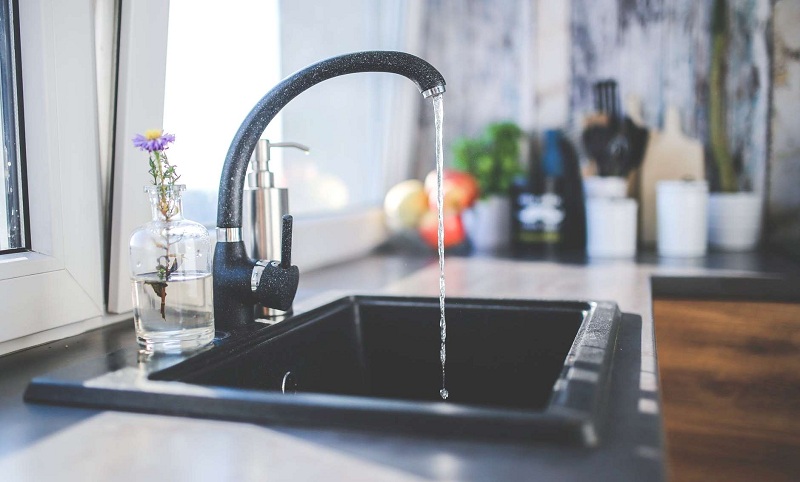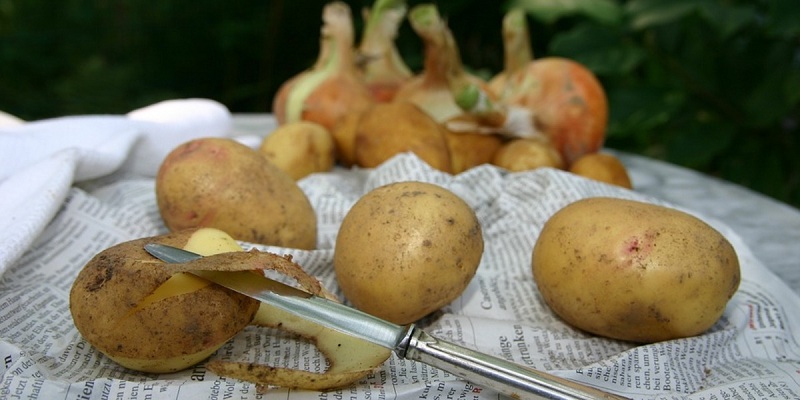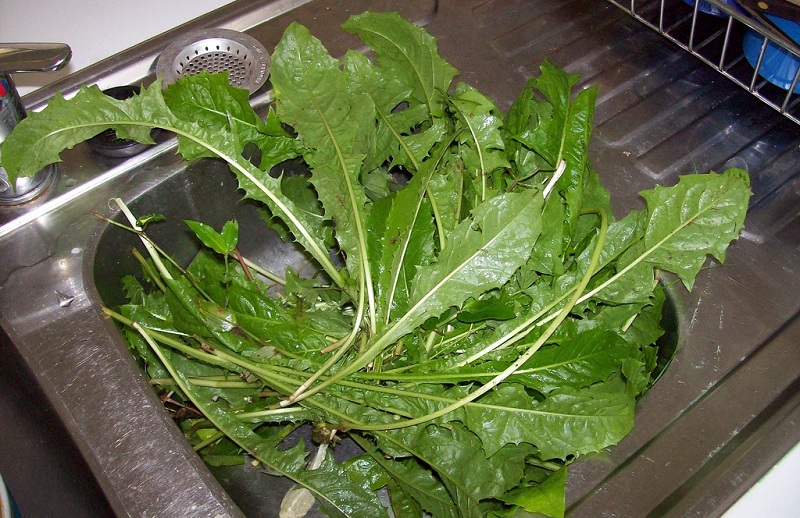A classic food waste chopper is a type of technology used to chop organic residues (food). Using a shredder will protect your kitchen from unpleasant odors, rotting processes in the trash can, dirt. Large pieces of food will not fall into the sink and drain when washing dishes, so you will forget about clogs once and for all. About how and how to choose a food waste chopper, read right now!
Kinds and features of grinders
Speaking about how it is better to choose a food waste chopper, you need to consider the types of these devices:
- Mechanical (hydraulic choppers), equipped with several knives, which are rotated by the water flowing from the tap. If the water pressure is weak (less than 2.5 atm.), Then the device may stop functioning. Mechanical dispensers are considered safer than electrical ones.
- Models with electric drive, which today are the most popular. Grinding occurs with an electric or induction motor. There are no knives in the construction, it is equipped with a system of hammers, a disk, and rings, it is started by the user as needed with the help of a button.
Mechanical shredders are more expensive than electric ones, due to their versatility. After studying the reviews and recommendations of manufacturers, it can be understood that they are not recommended for use in homes where there are children. The fact is that the rotation of the knives is stopped only if an element made of metal or durable glass enters the chamber, which simply blocks the work.
Opening hours and installation
Such devices are installed under the kitchen sink, embedded directly into the sink. The recommended diameter of the drain hole is 90 mm. If the hole has smaller dimensions, then the expander adapter is used, which should be installed by a professional plumber.
The average grinding time is no more than 20 seconds, which depends on the power and throughput. Basically, high-quality sink grinders are made of stainless steel, which is resistant to corrosion, deformation, and has a long operating period. Less commonly used polycarbonate, which also has decent performance.
What can and what should not be thrown into the disposer?
The device is capable of crushing the following types of waste practically into crumb (size 3-4 mm):
- cleaning, slices of vegetables and fruits;
- organic food residues;
- small soft bones, such as chicken or fish. It is noteworthy that manufacturers recommend throwing small bones into shredders, which contributes to the system self-cleaning;
- inorganic waste: napkins, pieces of toothpicks, paper towels;
- pieces of pasta, cereal, bread.
The kitchen grinder cannot be used for the following types of organic and inorganic waste:
- pieces of glass, hard paper;
- large bones, such as pork or beef;
- onion peel;
- corn cobs;
- fish scales, although grinding of a small amount is permissible;
- textiles, sponges for washing dishes, thread, hair or wool;
- plastic bags;
- metal elements.
If you try to fill the chamber with prohibited types of waste, then the fuse trips the cycle. Husk, scales, threads clog the displacer, as a result of which it can fail.
Tip! If not processed waste remains in the kitchen grinder, you can fill the sink with water by adding a glass of soda or 2 glasses of salt to the liquid. After that, you need to open and turn on the device. Soda or saline solution will clean it well!
Which food waste chopper to choose? Decoding of the main characteristics
Rotational speed
Speaking about how to choose a food waste chopper, it is necessary to mention the rotation speed. This characteristic depends on the electric motor, in the hydraulic – on the water pressure. It can range from 1425 to 4000 revolutions per minute. For domestic use, models with speeds from 1425 to 2700 rpm are suitable.
Higher power makes it possible to chop nutshell, large bones and other types of solid organic waste. Such equipment is used mainly for restaurants and cafes, so its cost is very high.
Water and fluid consumption
Water consumption, equipment size, and performance directly depend on the volume of the crushing chamber. In household devices, it can be 700-1180 ml, choosing, be sure to pay attention to this characteristic.
Any model operates with a continuous supply of hot or cold water. When using this type of equipment, water consumption per person rises by an average of 3 liters. If a family of 3 people uses a dispenser, then the increase in fluid consumption is about 2.5-3% per day.
Power consumption
The characteristic is relevant for electric dispensers. Standard power ranges from 375-930 watts. For domestic use, it is better to choose medium power devices (520 W). If the family consists of 4 or more people, then consider buying a model with a capacity of up to 750 watts. All hotel products are intended for commercial use.
Noise level
Electric food waste dispensers are noisier than mechanical ones, due to the continuous operation of the electric motor and the lack of cutting knives. The maximum noise level is 70 dB, but only when grinding too hard or large waste (bones, nutshell, and others). Some models are supplemented with 100% or partial sound insulation. The sounds that such equipment makes are reminiscent of noise during the work cycle of a coffee grinder.
Dimensions
Grinders have an average height from 310 to 440 mm, width – from 120 to 270 mm, the weight of the equipment reaches 7 kg. When choosing a suitable product, perform measurements of the space under the sink; after installation, there should be a reserve of 5-7 cm, necessary for maintenance.
Download type
If you want to choose a quality dispenser, then pay attention to the type of waste loading:
- continuous, in which the device operates smoothly during the entire cycle of washing dishes;
- Batch, in this case, you need to manually load the waste into the chamber, and then turn on the displacer.
Important! Do not turn off the tap with water for 10-20 seconds by turning off any type of unit. It is necessary that the liquid is a well-washed chamber, removing the remnants of crushed organic matter.
Additional parameters of the dispenser
It is easy to choose a food waste chopper for the kitchen; today the market is filled with equipment for any requirements and budget. It may be supplemented by:
- increased noise protection (noise insulation);
- overload protection, breakage prevention, making product operation even safer;
- the strengthened drain flange necessary for the accelerated water drainage;
- reverse, increasing the quality of grinding, warning overload;
- several speeds that complement the most expensive types of equipment.
The presence of additional characteristics increases the cost by 5-15%.
Pros and cons of technology
Speaking about which waste chopper to choose, it is necessary to consider its main advantages:
- high-quality shredding of waste, therefore minimizing the risk of clogging in pipes;
- reasonable price, starting from 4-5 thousand rubles;
- low power consumption, equivalent to using 1 light bulb;
- no unpleasant odors in the kitchen, because the organic matter will be crushed and washed into the drain;
- Mechanical systems work almost silently, without needing additional sound insulation. Autonomous, independent of the availability of electricity;
- ease of operation;
- Electric models work stably. They are absolutely safe, provided proper installation, compliance with recommendations for use.
Shredders have a number of drawbacks, consider them:
- it is necessary to install smooth, not corrugated pipes because in the latter the crushed particles will get stuck;
- equipment may jam, in this case, a hex key (included) is used, with which you can extract food or an item that led to a malfunction;
- the need to sort waste;
- an increase in water consumption of about 3 liters per day, 90 liters per month per 1 person;
- mechanical models are dependent on the pressure of the water, over time the knives require sharpening or a complete replacement.
The pros outweigh the disadvantages; food waste shredders should be used in families where food is cooked at least 1-2 times a day. They will become real helpers during the preparation for home holidays. Shredding waste of organic origin will protect your home from the invasion of insects, rodents.
Summing up
Now you know which organic waste chopper to choose. Finally, we’ll tell you about a few secrets that will help you extend the life of the equipment:
- add small soft bones, watermelon peels and bones to the chamber, in which case natural cleansing will occur;
- the camera is difficult to clean using household chemicals, so for washing, it is better to use salt, soda, pulp, and lemon peels;
- after grinding the remnants of meat, fat, wash the chamber with warm water for 30-40 seconds, after adding detergent to the sink;
- turning off the equipment, you will be able to wash dishes, vegetables, and fruits, because the camera easily passes the liquid through itself, retaining only large particles.
We hope that our instructions will help you choose a quality waste chopper that will fully satisfy the needs of your family!








